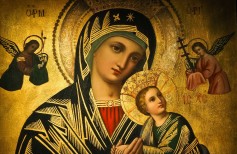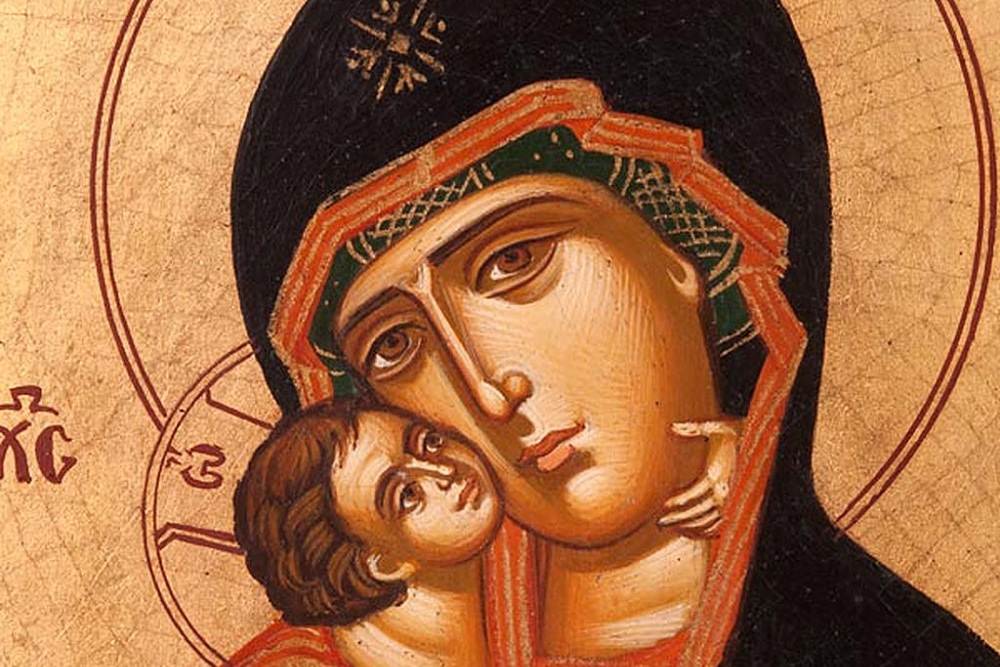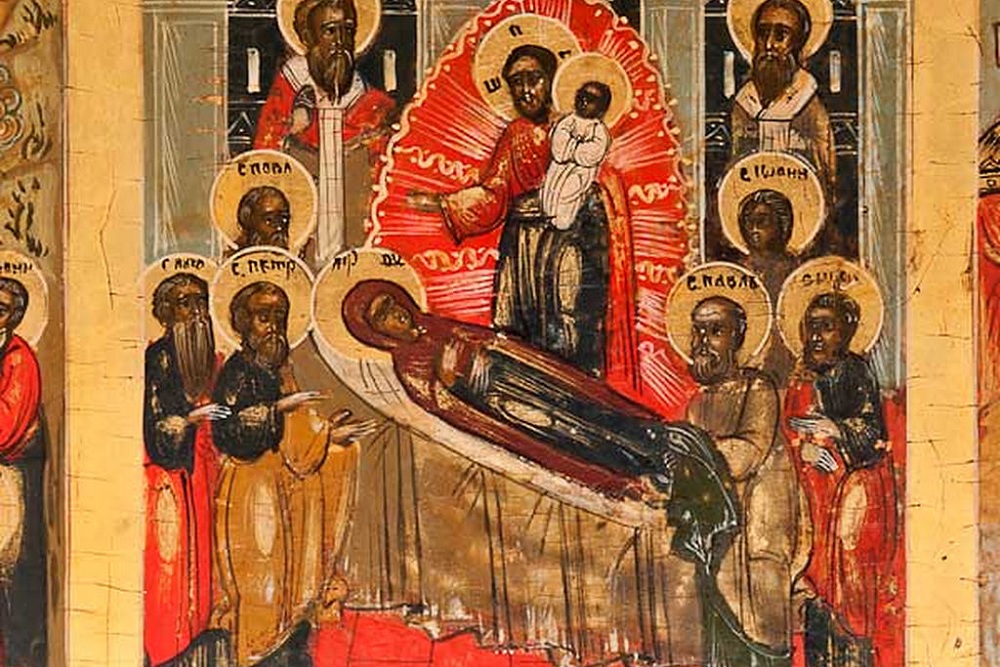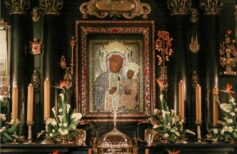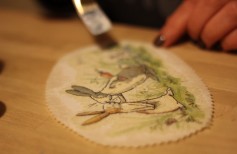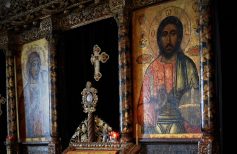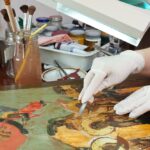Sacred Romanian icons are derived from ancient Byzantine tradition. It is a way of interpreting the sacred representation closer to western sensitivity compared to other forms of art of the same kind. Used colours are generally warm and intense, the outlines of a mobile and human face.
Sacred Romanian icons are hand painted on wooden boards or on glass. Usually the tempera technique is used, embellished with stylish decorations in gold leaf.
Even today, artisans and Romanian painters use the old, strict standards of Byzantine iconography. Each icon is unique and unrepeatable, thanks to processing and manual painting, and this uniqueness, combined with refinement and execution to deep symbolic value, makes authentic works of art. As for Russian icons, icons are often the subjects of Mary, depicted as a mother of tenderness and love, or in the context of the Annunciation, and Jesus as the good shepherd and protector. However, there are depictions of the Holy Family and of saints and martyrs.
One of the typical representations of Mary in Romanian holy icons is that of the Mother of God of Tolga, also known as ‘tenderness’ or ‘Garden of the Mother of God’ depending on the interpretation. It takes its name from the Tolga monastery, which stands where the ancient original icon was found.
Another recurring theme of Mary is the Mother of God of Korsun, which instead takes its name from the Russian town of Korsun, which, according to legend, was painted by Saint Evangelist Luca. The Madonna dressed as a bride of God, an Empress destined to rule the world, but with a sad expression, aware of the fate of her son. She is shown from the waist up, her hand raised in a pleading gesture, and her head tilted to the Son.
The sacredness expressed by holy Romanian icons is exactly half way between western and eastern iconography. Most of the humanity of faces and proportions makes it more accessible to an immediate understanding and enjoyment of the piece of art, as well as the symbol of devotion and prayer.

